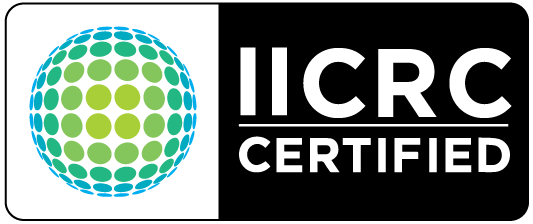Mold Inspection FAQs
Here are answers to some common questions about Mold Inspection
Mold Inspection FAQs
Here are answers to some common questions about Mold Inspection FAQs
-
How Much Does a Mold Inspection Cost?
The cost of a mold inspection depends on several factors, with the square footage of the property being one of the most important. Larger homes naturally require more time and resources to inspect thoroughly, while smaller properties may fall on the lower end of the cost scale.
For the average home, a typical mold inspection usually falls between $300 and $500. This range provides a solid ballpark estimate for most homeowners, though properties with unique layouts or severe water damage may vary.
When compared to the industry as a whole, these rates are among the best prices you’ll find for a professional mold inspection—especially considering the peace of mind and early detection it provides. Identifying mold problems early can save thousands of dollars in future remediation and repairs.
-
How Do You Test For Mold in Your House?
The only truly safe and reliable way to test for mold in your home is through a professional mold inspection. Certified inspectors use specialized tools such as moisture meters, air sampling equipment, and lab testing to detect even small or hidden mold colonies that may not be visible to the naked eye.
By contrast, at-home mold test kits you can buy off the shelf are often not accurate enough to give a clear picture. They may fail to detect low levels of mold, leading you to believe your home is free of contamination when in fact mold is present and actively spreading. This false sense of security allows the problem to grow unchecked, eventually leading to more serious health risks and much higher cleanup costs.
For peace of mind and long-term protection of both your home and your health, a professional mold inspection is the only reliable option.
-
What Are Symptoms of Being Exposed to Mold?
The most common sign of mold exposure is what many people refer to as mold sickness. This condition often resembles a lingering cold or seasonal allergies, which is why it can go unnoticed for so long. Symptoms may include nasal congestion, sneezing, coughing, itchy or watery eyes, headaches, or fatigue that doesn’t seem to improve with rest or medication.
What sets mold sickness apart is its persistence. Unlike a typical cold or allergy flare-up, the symptoms often last much longer than normal and may even worsen the more time you spend inside the affected environment. For individuals with asthma, allergies, or weakened immune systems, the effects can be more severe, sometimes triggering asthma attacks or other serious respiratory issues.
Because mold sickness can so easily mimic other conditions, it’s important to pay attention to when and where symptoms occur. If you feel better when away from home but worse when you return, mold exposure could be the cause.
-
What Does Mold Smell Like?
Most types of mold produce a strong, musty odor that is hard to miss once you’ve encountered it. Many people compare the smell to that of old, damp, dirty socks that have been left sitting too long. The scent is often described as unpleasant, earthy, and dank—something that makes a room feel stale and unclean.
This odor comes from microbial volatile organic compounds (MVOCs) that mold releases as it grows and spreads. Even if you can’t see visible mold, a persistent musty smell in your home is often a key warning sign that mold is present somewhere, possibly hidden behind walls, under flooring, or in crawl spaces.
If you notice this smell, it’s important not to ignore it. Investigating the source and calling in a professional for inspection can help identify the problem before it spreads further.
-
How Long Does it Take to Get Sick From Mold?
Mold exposure affects people in very different ways, and the severity of the reaction often depends on factors like age, health, immune system strength, and sensitivity to allergens.
For some individuals, it can take as little as 24 hours of exposure to begin feeling sick. Symptoms may show up quickly as nasal congestion, coughing, eye irritation, or even fatigue.
For others, the effects are much more gradual. Instead of sudden illness, symptoms may build slowly over weeks, often resembling minor allergy or cold-like issues that seem to linger without improvement. This gradual onset makes it harder to recognize mold as the cause, allowing the problem to go unchecked for longer.
Because reactions vary so widely, any unexplained or persistent health issues—especially those that improve when you leave your home or worsen when you return—should be taken seriously as a potential sign of mold exposure.


